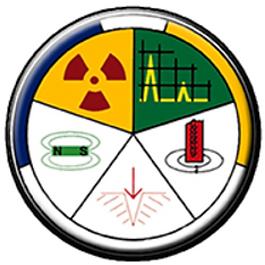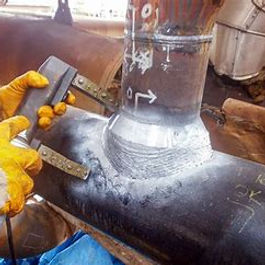& CONSULTING
Pleasant Title
Online Courses

Liquid Penetrant Testing Level I/II
Dye penetrant inspection (DP), also called liquid penetrate inspection (LPI) or penetrant testing (PT), is a widely applied and low-cost inspection method used to check surface-breaking defects in all non-porous materials (metals, plastics, or ceramics). LPI is used to detect casting, forging and welding surface defects such as hairline cracks, surface porosity, leaks in new products, and fatigue cracks on in-service components.

Materials and Processes
Material and Processes explores the fundamental process of manufacturing, designing, using, and evaluating of materials from there raw state to in service form. NDT is a vital part of the manufacturing system with many inspection steps imbedded into the process. In order to have a complete and well-rounded process, it is imperative that not only manufacturing and engineering employees, but everyone involved, has a good understanding of materials and processes.

Radiation Safety
Basic Radiation Safety is a qualification that demonstrates that the person holding the qualification has been adequately trained in the hazards associated with ionizing radiations, in the precautions to be taken when employing ionizing radiation, and in the methods of protection. BRS covers awareness of the content of any special requirements for permanent facility or site operations and the importance of complying with these requirements. It also covers possible accident or emergency situations that can occur and the actions to be taken in the event that they do.

Radiographic Testing Level I
Industrial radiography is a modality of non-destructive testing that uses ionizing radiation to inspect materials and components with the objective of locating and quantifying defects and degradation in material properties that would lead to the failure of engineering structures. It plays an important role in the science and technology needed to ensure product quality and reliability.

Radiographic Testing Level II
Industrial radiography is a modality of non-destructive testing that uses ionizing radiation to inspect materials and components with the objective of locating and quantifying defects and degradation in material properties that would lead to the failure of engineering structures. It plays an important role in the science and technology needed to ensure product quality and reliability.

Time of Flight Diffraction (TOFD)
Time-of-flight diffraction (TOFD) method of ultrasonic testing is a sensitive and accurate method for the nondestructive testing of welds for defects. In a TOFD system, a pair of ultrasonic probes sits on opposite sides of a weld. One of the probes, the transmitter, emits an ultrasonic pulse that is picked up by the probe on the other side, the receiver.






